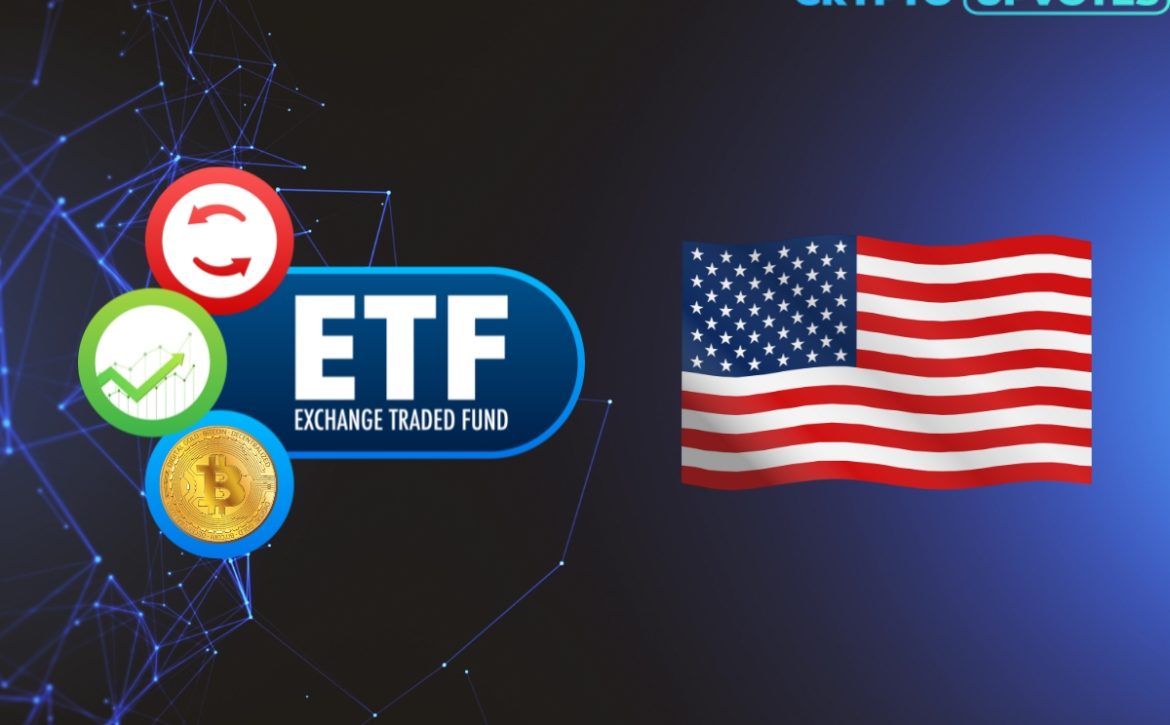The Bitcoin price has seen the lowest volatility in its history since June, when will that change
The Bitcoin market is in a long period of quiet. Our experts have analyzed this situation and made conclusions.
The cryptocurrency market is experiencing one of the least volatile periods in its history. And this raises doubts that noticeable jumps in the price of Bitcoin at all will take place in the future. This is what Glassnode analysts wrote in their weekly market report.
Bitcoin’s realized volatility in various month-to-year intervals has declined significantly this year, reaching multi-year lows. Volatility in the year-to-date range is at levels not seen since December 2016. According to the company’s metrics, this is the fourth such period.
The first time there was such a prolonged lull was during the bear market period in late 2015 and early 2016. The bear market of early 2018 was also accompanied by a lack of significant price swings. And in November of that year, it experienced a 50% collapse. However, this was followed by an upswing in April 2019, when Bitcoin’s price rose from $4k to $14k in three months. A prolonged consolidation also took place after March 2020, when the world adapted to the COVID-19 epidemic. Then there was a brief period of stability at the end of 2022.

Bitcoin volatility chart by Glassnode
The price range separating the seven-day high and low price is only 3.6%. In the history of the market, less than 5% of trading days have ever had a narrower weekly trading range. The 30-day price range is even narrower. Periods of consolidation and narrowing of a price range of this magnitude are extremely rare for Bitcoin.

Weekly lows and highs for the bitcoin price. Source: Glassnode
At the same time, Glassnode notes that the number of long-term Bitcoin holders has reached an all-time high, accounting for about 15.6 million BTC (75% of coins in circulation).
What’s next for the Bitcoin price, our experts’ opinions
In general, the technical picture on the daily charts “looks positive for the “bulls”. According to our experts’ estimates, the beginning of fall will be the starting point for a new growth phase. However, now the cyclic analysis points to the advantage of “bears”. And that in conditions of low volatility constrains the market.
Last week, the BTC/USDt pair declined on the background of strong statistics on US GDP. And which gives the Fed grounds for further tightening of monetary policy in the fight against inflation. This raises concerns for investors trading risky assets.
For now, uncertainty and regulatory risks remain amid tough statements from the head of the SEC. Low trading volumes increase the probability of BTC’s decline to the levels of $27,700 – $27,900. But in case of passing the $31,800 mark, the “bulls” will be able to regain the leading position.









